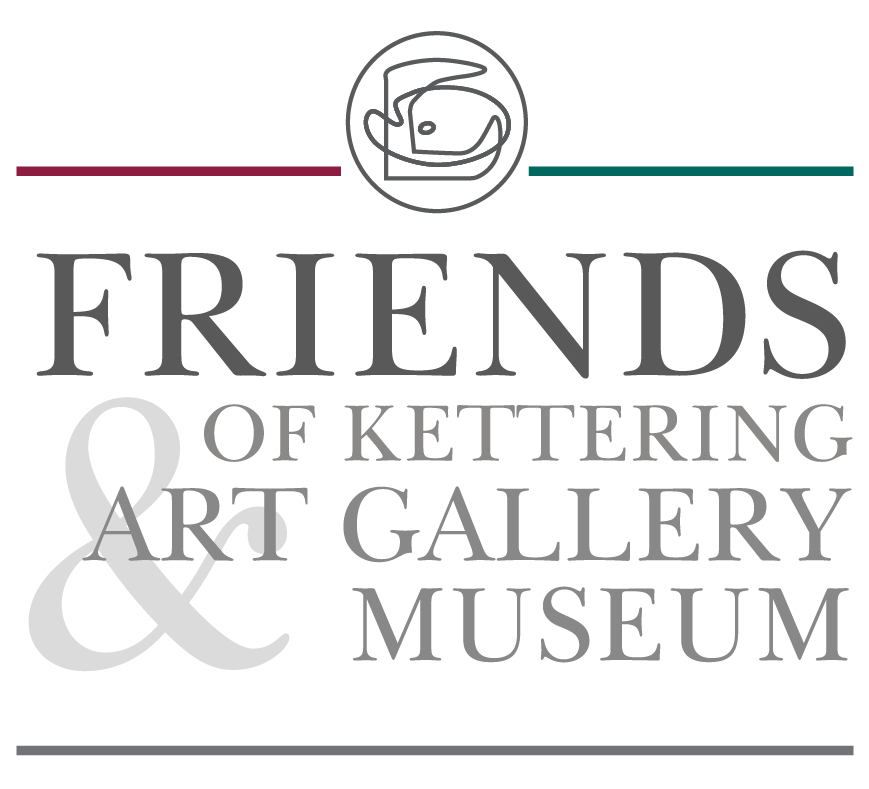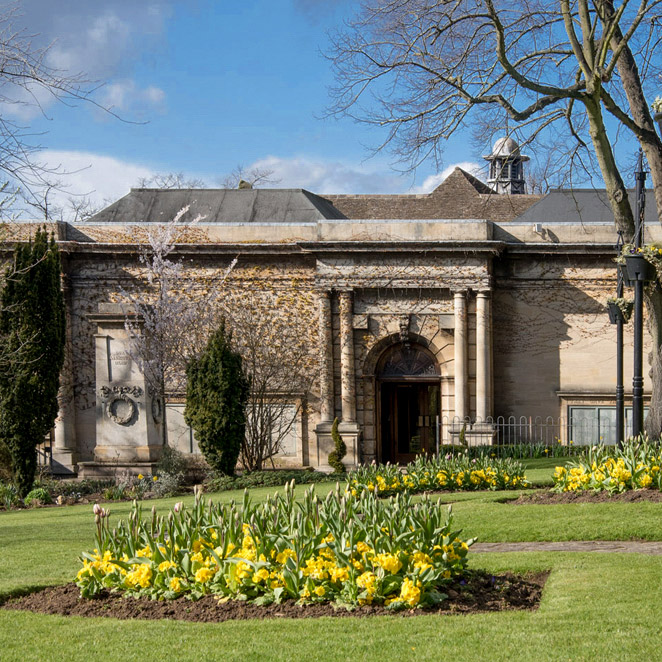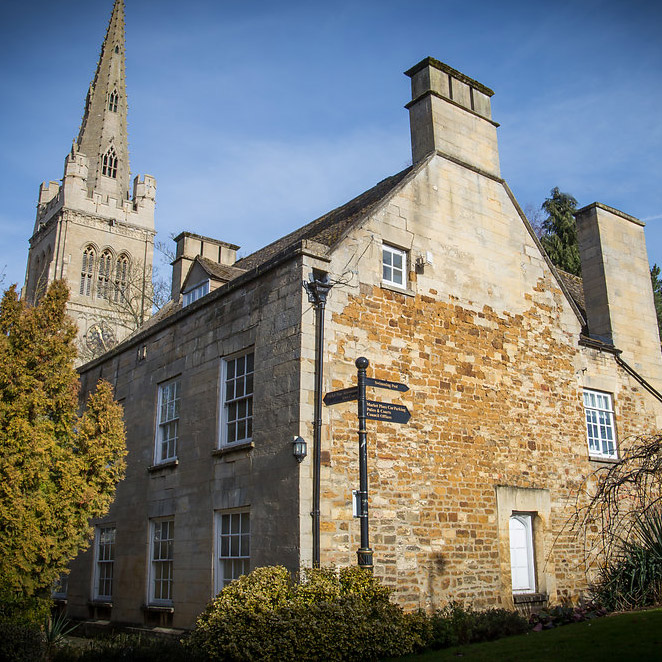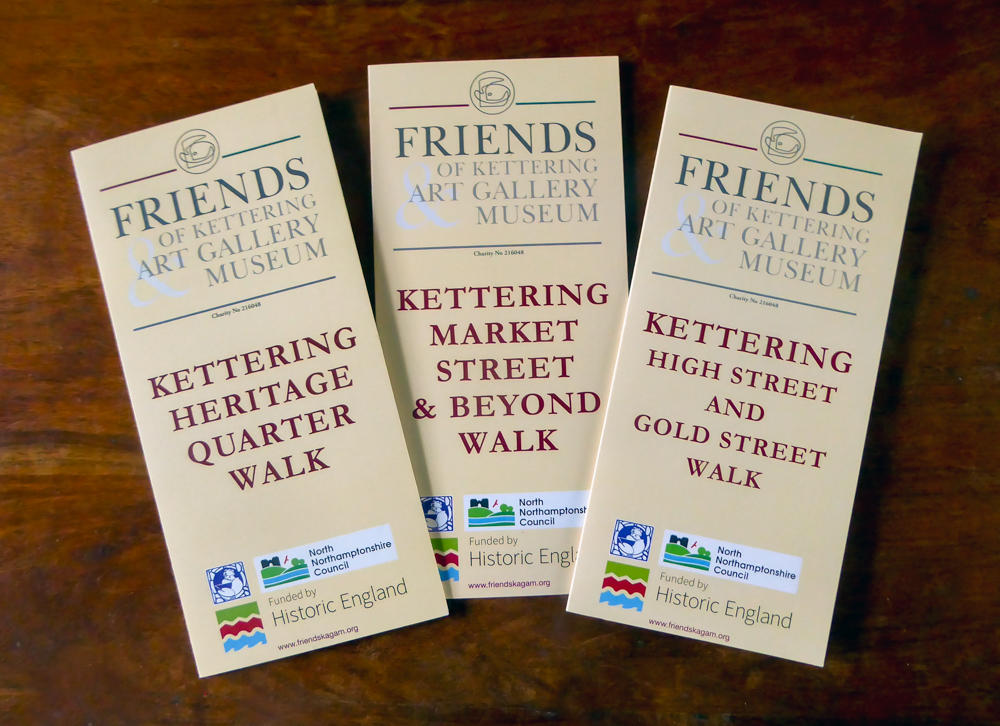
QR Codes and Citizen History in Kettering
The origin of the QR system
In 1994, a Japanese company, Denso Wave, developed a revolutionary system designed to facilitate the identification of automobile parts in the factory. The system, similar in many respects to bar codes, was deemed off-patent by the inventor and so became available for general use, free of charge. Its simplicity and ease of usage made it ideal for widespread adoption. QR codes are now to be found everywhere: on cereal packets, restaurant menus and advertising billboards, and all around Kettering town!
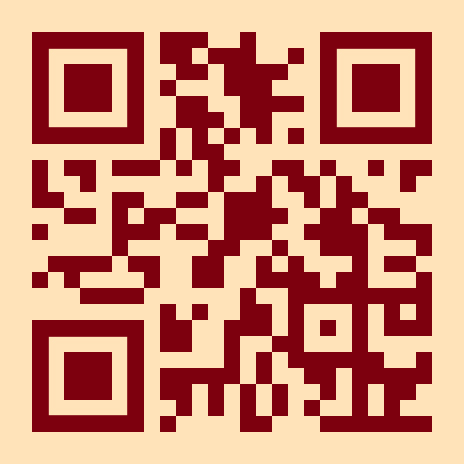
How the Friends of Kettering Art Gallery and Museum got involved with QR
Some five years ago, Kettering Borough Council was successful in a bid for funds from a central government budget aimed at trying to rehabilitate Britain’s declining High Streets. This was called the so-called High Street Heritage Action Zones initiative. The funds were to be used to repair and restore the physical environment and fabric of significant heritage buildings within the town centre. One of the overseers of the project was Historic England, English Heritage as was. They were keen to promote not only improvement in the physical environment, but the cultural environment as well. A modest sum was put aside to enable this to happen.
A number of groups in the town came forward with project proposals, and the Friends of Kettering Art Gallery & Museum were amongst those allotted funds. One of these was a project, inspired by a similar initiative in Monmouth, to use QR plaques around the town to identify and describe buildings within the town centre that had historic and cultural merit, or were associated with notable citizens of the past.
The QR plaque project
Over forty suggestions were received as to which buildings should be included. A broad-based team of Friends, ‘citizen historians’, undertook to research, draw and photograph the selected sites, and retrieve archive images wherever possible. Each building would have its individual QR plaque linking to a dedicated website with a 500-word history of the building, its use, its inhabitants and, occasionally in the case of demolition, its fate. Licences for the QR plaques, and a dedicated website were established, and the design and production of the individual QR plaques began under the expert eye of Ian Luck.
The challenge of being unable (for a variety of reasons) to fix plaques to the actual buildings was inventively resolved by incorporating the finished plaques, fashioned from durable and weather resistant art board, into the Council’s ‘Wayfinder Totems’ already dotted around the town.
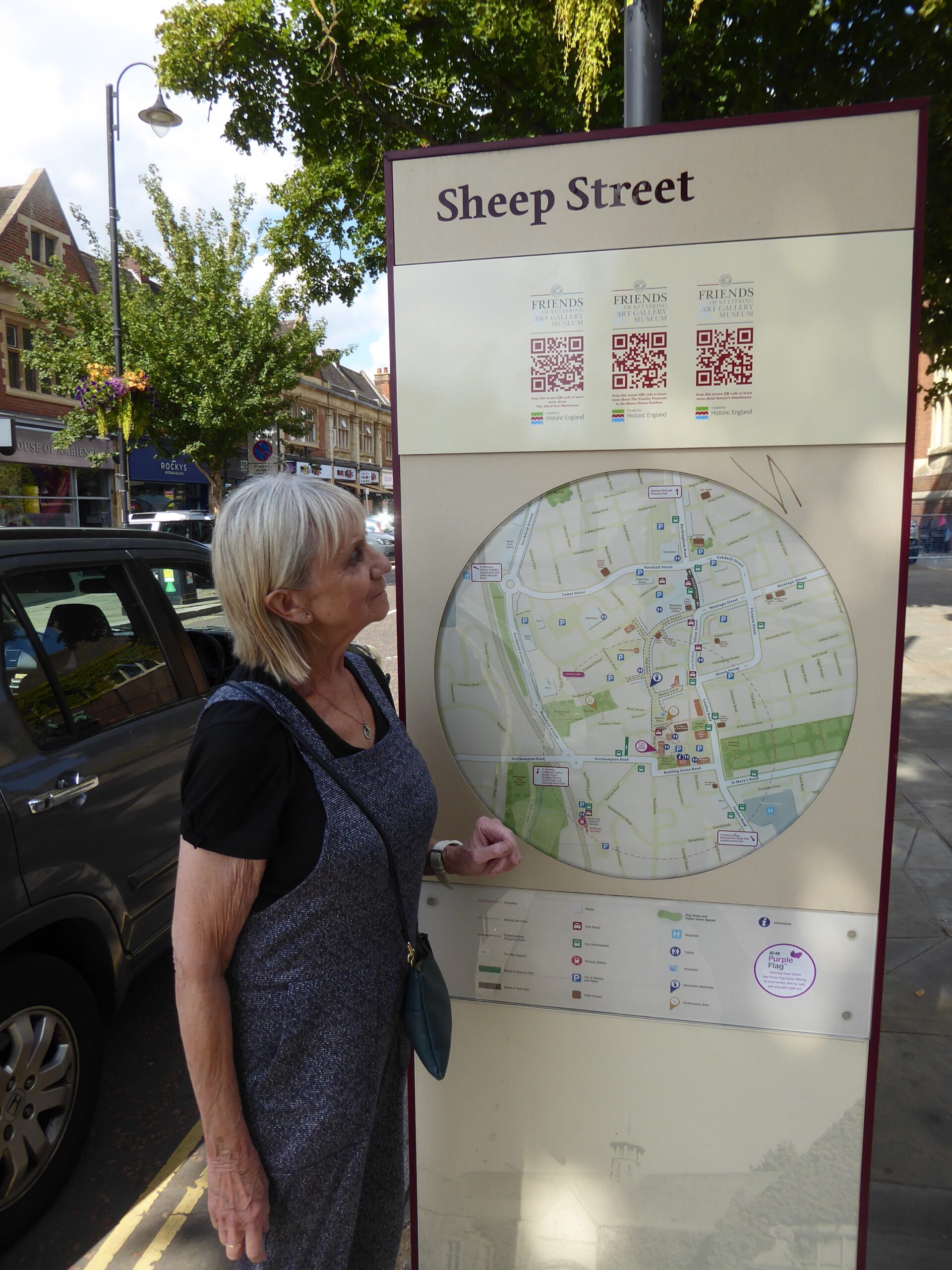
Whether on one of the Friends’ guided town tours, or on their own perambulations, people can now stop, point their QR readers on their smart phones, and instantly access information on the nearby buildings of interest.
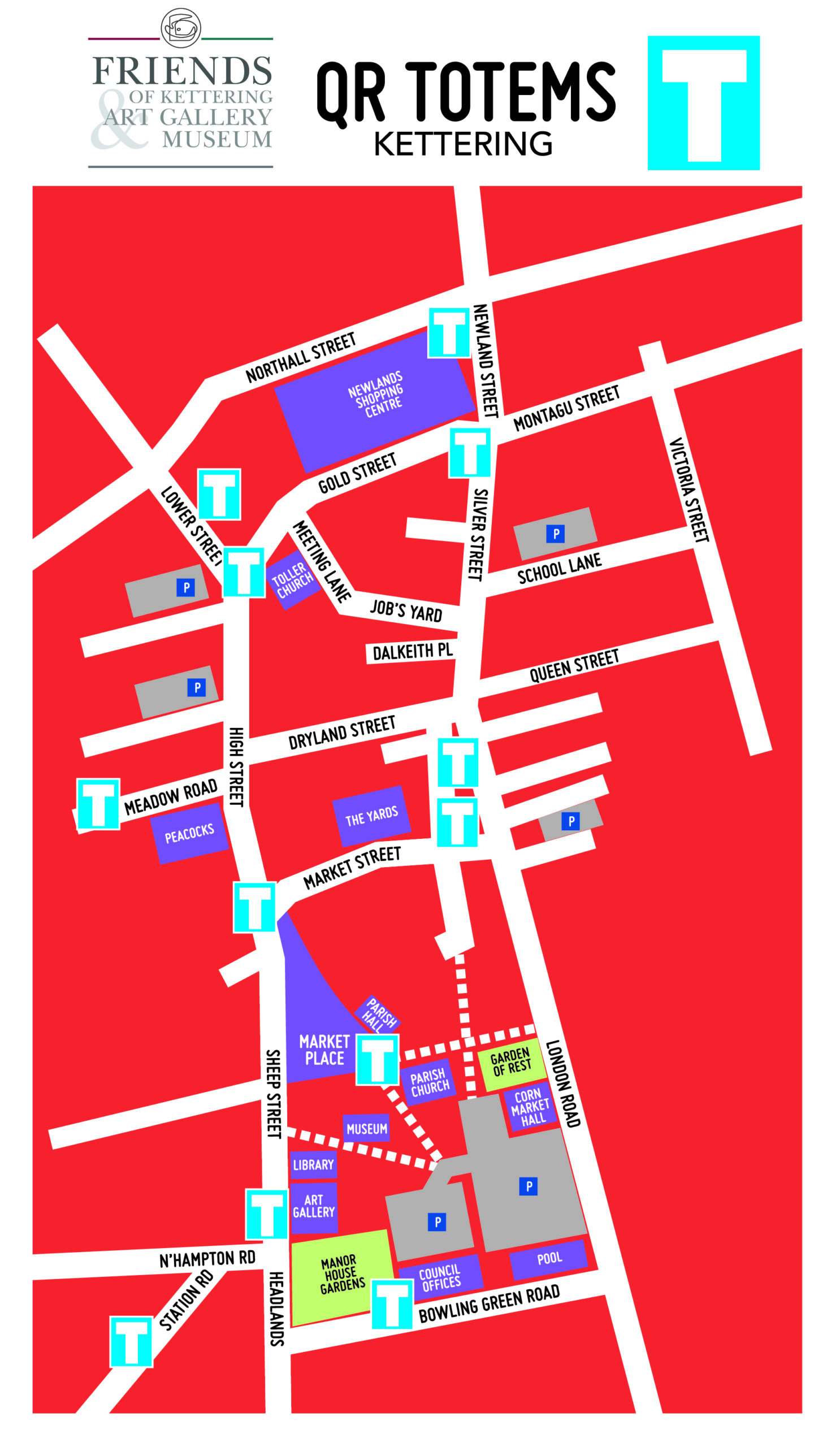
Addendum by the Chair, Friends of Kettering Art Gallery & Museum
David Brown, the author of the preceding piece, has been (characteristically) too modest to refer to his own role in this initiative to help Kettering better understand its history.
Not only was the concept entirely his idea, but he provided the motive force for securing its funding, recruiting and energising a collection of ‘citizen historians’ from among the Friends and our associates to research and write-up the history of individual buildings, but also developing with Ian Luck a series of themed, guided walking tours of Kettering to enhance the necessarily brief histories.
These walks not only focused on the town’s cultural heritage, but also its social history: public buildings, inns, banks, private houses, churches, cemeteries – all with a story to tell. David also encouraged those who researched and wrote the histories to take part in these walks to talk on what had become their specialist subject.
The result? An engaged membership, the histories of 45 buildings of note recorded, activities that involve the public, a body of informative (sometimes surprising) research and a technology-enabled bridge to the past for anyone visiting Kettering. Thank you, David!




